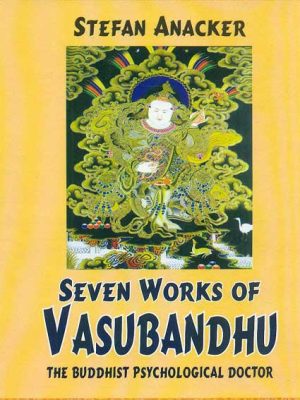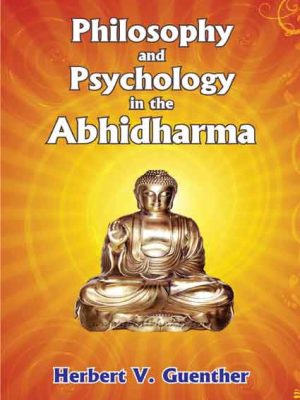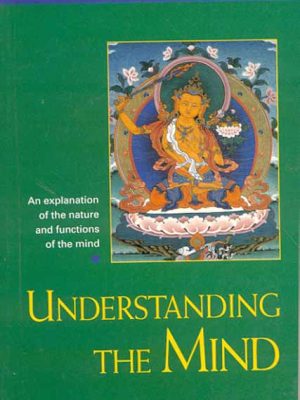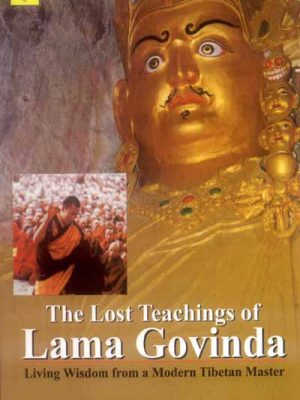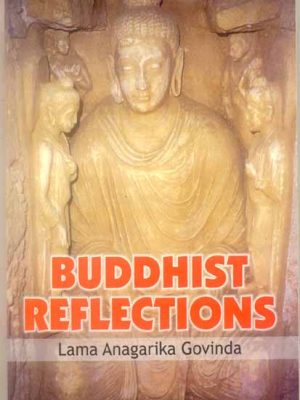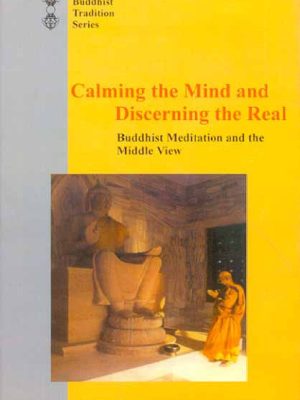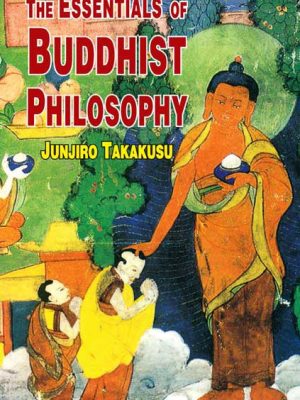
Buddhism is a philosophy of life expounded by Gautama Buddha (“Buddha” means “enlightened one”), who lived and taught in northern India in the 6th century B.C. The Buddhist philosophies are aimed solely at liberating sentient beings from suffering. The Buddha argued that this suffering is caused most immediately by attraction and aversion and that the root cause of attraction and aversion is confusion regarding the fundamental nature of reality. As a consequence, the Buddha taught that his liberating insight into the nature of reality is the antidote to the confusion, and hence to the attraction and aversion it causes, and therefore, in the end, to suffering itself. While Buddhist philosophy as a whole is aimed at soteriological concerns, involving the goal of attaining release from suffering, or the insight into the nature of reality that enables it, Buddhist philosophical concerns are principally metaphysical, epistemological, ethical, and hermeneutical.
Buddhism is spread across the world and has three major schools of thoughts Theravada, Mahayana, and Vajrayana. At Indicbrands, we bring to you the collection of books that includes all three schools of thought of Buddhist philosophy and helps you learn more about it.
Seven Works of Vasubandhu: The Buddhist Psychological Doctor
Vasubandhu one of the most famous Mahayana Buddhist philosophers wrote works on a vast variety of subjects. this collection of translations includes the Vadavidhi a work on logic the Panca-skandhaka-prakarana which deals with the aggregates making up ‘Personality’; A glossary of keywords is included, as are the texts of those works which survive in Sanskrit. Each translation is prefaced with an explanatory introduction and is followed by notes.
Philosophy and Psychology in the Abhidharma
The study of the Abhidharma is indispensable for understanding the history of Buddhist philosophy and practice. This book gives a synoptic view of the significance of the Abhidharma as presented by the Theravadins and brought to its climax by the Vaibhasikas and Yogacara-Vijnanavadins. It analyses the concepts of Mind and its States concerning healthy and unhealthy attitudes towards life and deals with the psychological factors and problems in Meditation which is geared to an individual’s capacity and temperament.
Theories of perception, a predominant feature of Indian and Buddhist philosophies, are discussed together with the interpretation of the world based on these theories as well as their critiques.
Understanding the Mind: An Explanation of the Nature and Functions of the Mind
Understanding the Mind provides a practical explanation of the mind in a unique combination of profound philosophical exploration and practical psychology. Part One explains how Buddhist psychology is based on an understanding of the mind as a formless continuum that is related to, yet separate from, the physical body. Through understanding the nature of the mind and the process of cognition we can attain a lasting state of inner peace and happiness that is independent of external circumstances. Part Two explains the many types of minds and shows how we can abandon those that harm us while increasing those that lead to personal joy and fulfillment. Throughout the book, Geshe Kelsang skilfully shows how we can apply our understanding of our mind to improve our daily life.
The Lost Teachings of Lama Govinda: Living Wisdom from a Modern Tibetan Master
The author of The Lost Teachings of Lama Govinda digs through the treasure trove of Govinda’s many writings, as well as his private letters and other archival materials, and brings forth nuggets of pure gold. He also mines the memoirs of several other luminaries who met and were inspired by Govinda, such as Huston Smith and W.Y. Evans-Wentz and shares the wisdom they gleaned from him.
This work is a must-read for anyone interested in the development of Tibetan Buddhism in the West. It also serves as a wonderful and lucid introduction to Tibetan mysticism. For the first time in book form, we find Govinda’s best essays on contemporary spirituality, addressing such issues as:
Buddhism about mystical Christianity, Western psychology, and scientific consciousness studies
Buddhist Reflections
-
 Buddhist Reflections₹195.00
Buddhist Reflections₹195.00
Lama Govinda provides an exciting overview of contemporary Buddhist Philosophy for the modern student. He shares his insights into Indian and Tibetan Buddhist traditions concerning the nature of reality, the development of consciousness, death and rebirth, faith and tolerance, and the significance of meditative and ritual practices. In depicting the Tantric Buddhist approach that utilizes ancient mantras and mandalas to produce meditative absorption in a unified experience of sound, color, and form, Lama Govinda pays homage to a spiritual edifice of great beauty and complexity. Lama Govinda invokes a multidimensional vision of Buddhist understanding that includes the rational perspectives of modern science and psychology but goes far beyond them.
Calming the Mind and Discerning the Real: Buddhist Meditation and the Middle View from the Lam rim chenmo of Tson-kha-pa
Lam rim chen mo (roughly, “the great book on stages of the path (to enlightenment”) is the abbreviated title of a massive encyclopedic manual written by Tsong-Kha-pa, the founder of the Gelugpa sect of Tibetan Buddhism. Calming the Mind and Discerning the Real marks the first appearance in English of the two most important segments of this work. As translator Alex Wayman notes, “From the beginning of Buddhist literature we find the terms ‘calming’ and ‘discerning’ paired, as natures to be cultivated.” However, over centuries of religious teaching, the precise connotations of these terms became diffuse, and “calming” and “discerning” came to stand, at different times, for natures to be cultivated in their own right and for categories covering various steps towards spiritual goals.
The Essentials of Buddhist Philosophy
Buddhism had already spread far into other countries before it declined in India in the eleventh century A.D. Hinayana flourished in Ceylon, Burma, Siam, and Cambodia; Mystic Buddhism developed in Tibet; Mahayana grew in China. In Japan, the whole of Buddhism became the living and active faith of the masses.
The present study relates to Japanese Buddhism, as in Japan alone the whole of Buddhism is preserved. The author presents Buddhist Philosophy in an ideological sequence and not in its historical sequence as Prof. Stcherbatsky has done in his Buddhist logic. But the ideological sequence as presented by the author is not the sequence in the development of ideas; it is rather the systematization of the different schools of thought for an easier approach.
Divided into fifteen chapters, the book deals with different schools of Buddhist Philosophy. The author has grouped these schools under two heads: (1) the schools of negative nationalism, i.e., the religion of Dialectic Investigation, and (2) the schools of Introspective Intuitionism, i.e., the Religion of Meditative Experience. The author treats these schools most scientifically and elaborately.
We have handpicked these books from our collection of Buddhist philosophies. These books range from the works of a Mahayana philosopher to the study of Abhidharma. It also includes understanding and calming the mind using Buddhist philosophies, and the works and teachings of Tibetan Buddhist monk Lama Govinda, it also talks about the development of Tibetan Buddhism in the west. As we know, the living and active faith of the masses is Buddhism in Japan, we have also picked a book that enlightens you with it. We hope these books help you understand the Buddhist philosophies in a much broader aspect. You can also check other books on Buddhism and Buddhist philosophy and various other topics on our website http://indicbrands.com. To read more about Hinduism you can visit our page http://hindumediawiki.com,you can also connect with us on our Twitter account at http://twitter.com/indicbrands.
